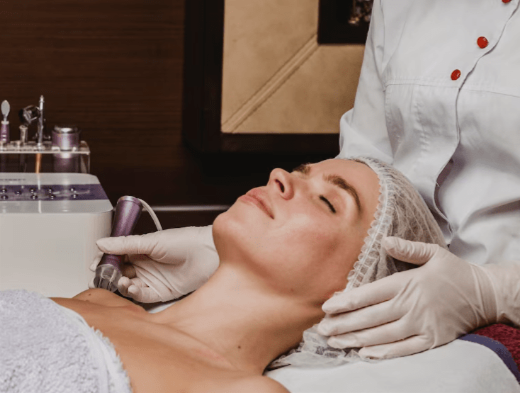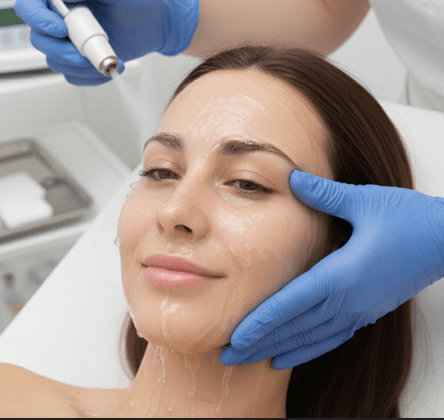Undergoing LASIK surgery abroad can be a fantastic way to achieve clear vision affordably, but traveling immediately after the procedure requires extra care. Proper precautions are essential to protect your eyes during the critical healing period and to ensure a smooth recovery. Here’s a comprehensive guide to help international patients travel safely after LASIK surgery.
1. Plan Your Return Trip Carefully
Allow Adequate Recovery Time Before Flying
- Most surgeons recommend waiting at least 3 to 7 days before taking a flight home. This allows your eyes to begin healing in a controlled environment.
- Avoid long-haul flights if possible, as the dry air inside airplanes can exacerbate eye dryness and irritation.
Schedule Your Surgery Early in Your Trip
- Plan your surgery during the first half of your stay to maximize rest time in the destination and allow for initial follow-up appointments.
2. Protect Your Eyes During Travel
Wear Protective Eyewear
- Use wraparound sunglasses to shield your eyes from bright sunlight, UV rays, wind, dust, and airborne irritants, especially at airports or outdoor transit.
- If you wear eye shields recommended by your surgeon, keep them on during sleep or naps during travel.
Avoid Eye Rubbing and Touching
- It’s common to experience mild irritation or dryness post-surgery. Resist the urge to rub your eyes, as this can dislodge the corneal flap or cause complications.
Use Lubricating Eye Drops
- Bring your prescribed artificial tears or lubricating drops on the plane and use them frequently to keep your eyes moist and comfortable.
- Follow your surgeon’s instructions regarding eye drop schedules carefully.
3. Manage Cabin Pressure and Dry Air
Stay Hydrated
- Drink plenty of water during your flight to help maintain overall hydration, which can reduce dry eye symptoms.
Use a Humidifier if Possible
- If you have access to a portable humidifier or can sit near a humidified area, it may help alleviate dryness.
Avoid Sleeping Without Eye Protection
- Use any eye shields given by your surgeon, especially during sleep on the plane or in the days after surgery.
4. Minimize Exposure to Irritants
- Avoid smoky areas, strong perfumes, or heavily polluted environments that can irritate your healing eyes.
- Be cautious with air conditioning vents blowing directly into your face, whether in a vehicle, airplane, or hotel.
5. Follow Up with Your Surgeon
- Attend any in-person or virtual post-op appointments scheduled before your return flight.
- Maintain communication with your surgeon or clinic in case of unexpected symptoms like pain, vision changes, or excessive dryness.
6. Pack an Essential Post-Surgery Travel Kit
Include:
- Prescribed eye drops and lubricants
- Protective sunglasses and/or eye shields
- Saline solution or sterile wipes for gentle cleaning if recommended
- Contact information for your surgeon or local emergency eye care in your home country
- Any prescribed medications for pain or inflammation
7. Know When to Seek Medical Attention
Be aware of symptoms that require immediate care, such as:
- Sudden loss or blurring of vision
- Severe eye pain not relieved by medication
- Increased redness or discharge
- Sensitivity to light that worsens rapidly
Having a plan for emergency care in your home country or destination will provide peace of mind.
Conclusion
Traveling after LASIK surgery requires careful planning and adherence to your surgeon’s post-op instructions, especially for international patients. Protecting your eyes from dryness, irritation, and injury during flights and transit will help ensure a safe, comfortable recovery and the best possible vision outcome.




